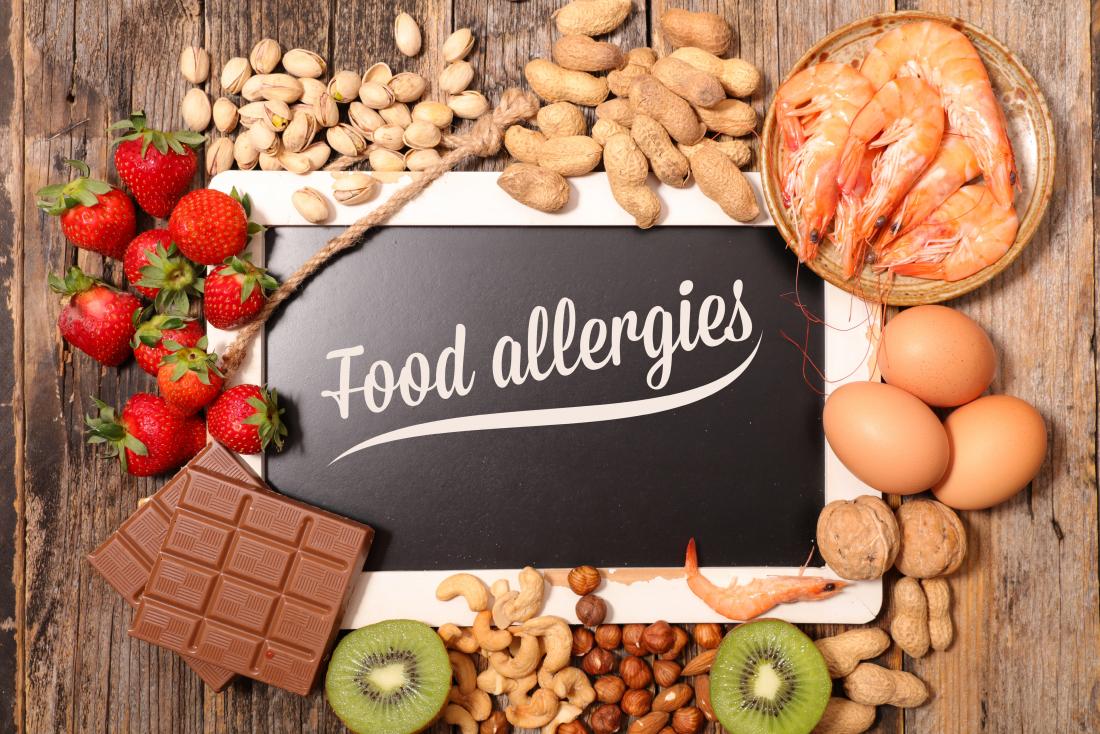
Food Allergies and Child Care
By Johns Hopkins Aramco Healthcare
Food allergies have become increasingly prevalent among children, creating significant challenges for parents and healthcare professionals. Pediatric food allergies occur when a child’s immune system negatively reacts to certain foods, triggering various symptoms. Food allergies can develop at any age but are more common in children. It is estimated that 5-8% of children worldwide have a food allergy.
Understanding Food Allergies
Food allergies occur when the immune system mistakenly identifies certain proteins in food as harmful and causes an allergic reaction. The most common food allergens in children include milk, eggs, peanuts, tree nuts, soy, wheat, fish and shellfish. Allergic reactions can range from mild symptoms like hives and itching to severe reactions such as anaphylaxis, which can be life-threatening.
Causes of Food Allergies
The exact cause of pediatric food allergies are not fully understood; however, several factors have been identified as potential contributors. One significant factor is the child’s genetic predisposition. If one or both parents have allergies, the child is more likely to develop them. Early exposure to certain foods, such as peanuts or eggs, has also been linked to food allergies. Other potential causes include a weakened immune system, environmental factors and the hygiene hypothesis, which suggests that excessive cleanliness may hinder development of the immune system.
Challenges
Pediatric food allergies present numerous challenges for both children and their families. One of the primary challenges is the potential for accidental exposure to allergens, often leading to severe reactions. This risk necessitates constant vigilance and careful monitoring of the child’s diet. It also creates anxiety and stress for parents, who must navigate social situations, school environments and dining out while ensuring the safety of their child.
Another challenge is the impact on a child’s quality of life. Allergies can restrict a child’s dietary choices, making participation in various activities and enjoying meals with friends difficult. This may lead to feelings of isolation and frustration, especially in social settings where food plays a central role.
Signs and Symptoms: Detecting Food Allergies in Children
Detecting food allergies in children can be challenging as symptoms can vary widely and may be mistaken for other conditions. Parents and healthcare providers must be vigilant and observant of any unusual reactions after eating certain foods.
Recognizing the signs and symptoms of food allergies is crucial for early detection. Some common symptoms include:
- Skin reactions: Itchy rash, hives or eczema.
- Digestive problems: Nausea, vomiting, diarrhea or abdominal pain.
- Respiratory issues: Sneezing, wheezing, shortness of breath or coughing.
- Swelling: Swelling of the lips, tongue or throat.
Types and Levels of Allergies
Pediatric food allergies can manifest in various ways, with symptoms ranging from mild to severe. The most common food allergens include milk, eggs, peanuts, tree nuts, soy, wheat, fish and shellfish. Allergic reactions can be classified into four levels:
- Mild reactions: May include hives, itching or mild abdominal discomfort. These symptoms typically resolve quickly with minimal intervention such as using antihistamines.
- Moderate reactions: Can include more pronounced symptoms such as gastrointestinal distress, breathing difficulties or generalized hives. Medical intervention, such as epinephrine, may be necessary to manage these reactions.
- Severe reactions: Known as anaphylaxis, these reactions are potentially life-threatening and require immediate emergency medical attention. Symptoms may include difficulty breathing, a drop in blood pressure, swelling of the throat and loss of consciousness.
- Delayed: Some food allergies can manifest with delayed reactions, making diagnosis challenging. Symptoms may appear hours or even days after consuming the allergen, making it difficult to pinpoint the cause.
Diagnostic Methods
If you suspect your child has a food allergy, it is important to consult a healthcare professional who will conduct a thorough evaluation, which may include:
- Medical history: The doctor will ask about your child’s symptoms, frequency and duration.
- Skin prick test: Small amounts of allergens are placed on the skin to check for a reaction.
- Blood tests: These tests measure the levels of specific antibodies in the blood, which can indicate an allergic reaction.
- Oral food challenge: Under medical supervision, your child may be given small amounts of the suspected allergen to observe any adverse reactions.
Safeguarding Children with Food Allergies
Once a child has been diagnosed with a food allergy, it is essential to safeguard his or her health and well-being. Here are some strategies that can help:
- Education and Awareness: Parents, caregivers and teachers should be educated about food allergies, including recognizing symptoms, avoiding allergens and appropriately responding to allergic reactions. This knowledge can help create a safe environment for the child.
- Allergen Avoidance: Avoiding allergenic food is the most effective way to prevent an allergic reaction. Parents should carefully read food labels and be aware of hidden allergens in processed foods. It is also important to inform others, such as schools or daycare centers, about the child’s food allergies to ensure proper precautions are taken.
- Emergency Action Plan: Parents should work with their child’s healthcare provider to develop an emergency action plan. This plan should outline steps to be taken in case of an allergic reaction, including administering medication (such as an epinephrine auto-injector) and seeking immediate medical attention.
- Supportive Environment: It is crucial for children with food allergies to feel supported and included. Parents can communicate with teachers, friends or other parents to create a supportive environment where the child’s dietary needs are properly respected and addressed.
- Regular Follow-up: Regular follow-up appointments with a healthcare provider are important to monitor the child’s allergies and make any necessary adjustments to their management plan. Regular follow-up appointments can help ensure the child’s allergies are well-managed and reduce the risk of severe reactions.
It is often difficult to recognize that a child is suffering from an allergy; however, if you suspect that your child may have an allergy, discuss it with his or her JHAH pediatrician who may refer you to a JHAH pediatric allergy specialist and if necessary to a JHAH nutrition specialist.

